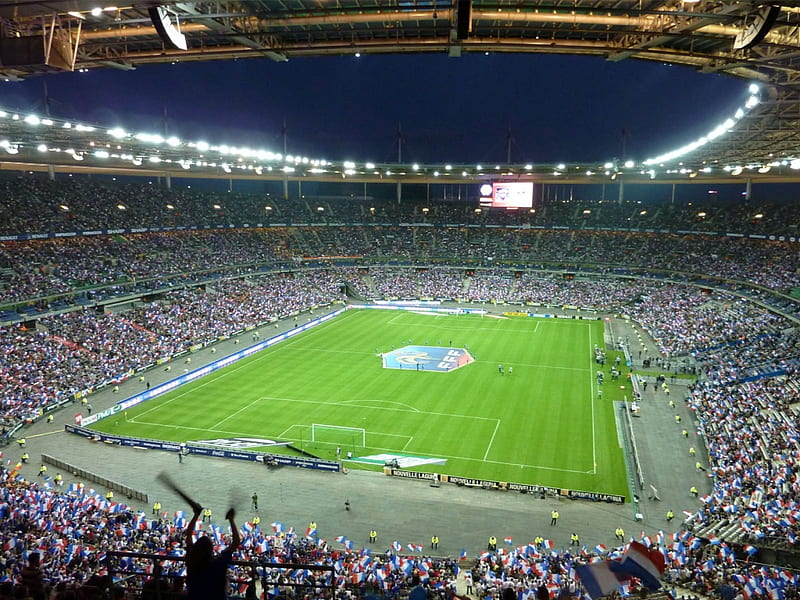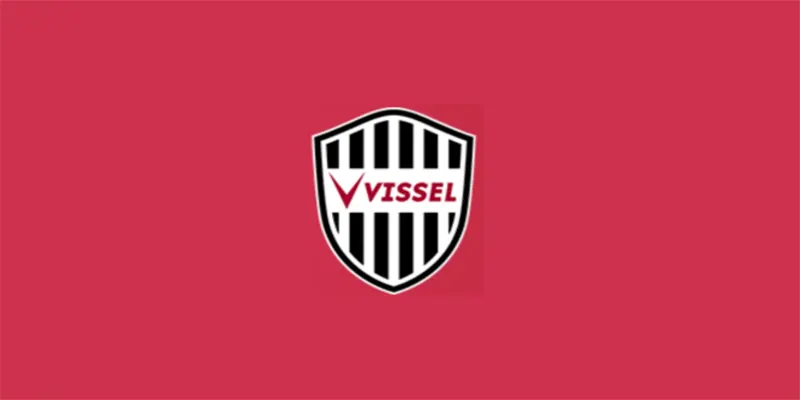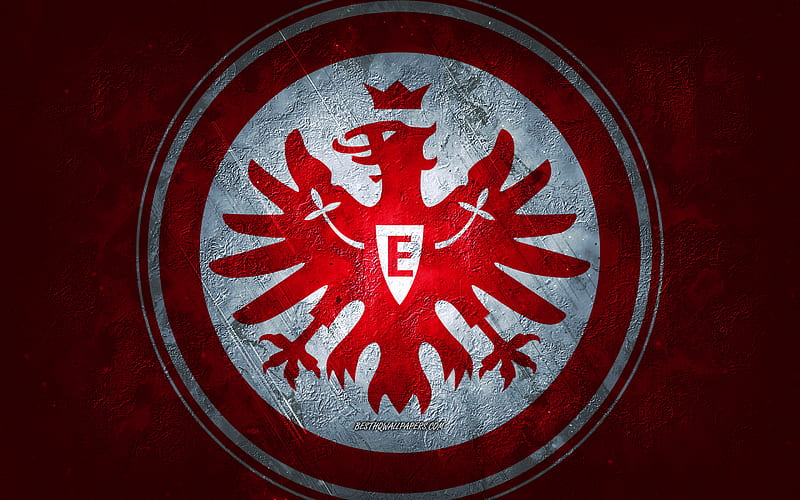
The Stade de France stands as a monumental symbol of French sports, culture, and history. Renowned for hosting the 1998 FIFA World Cup final, the 2007 Rugby World Cup, and countless unforgettable events, this stadium is more than just a venue—it’s a national icon. Whether you’re a passionate sports fan, a history enthusiast, or a curious traveler, the Stade de France offers an array of experiences that reflect France’s vibrant sporting and cultural spirit.
In this comprehensive guide, we’ll delve into the origins of this legendary stadium, explore its architecture and design, examine its role in major sporting events, and highlight tips for visitors. Embark on a detailed journey through one of Europe’s most iconic stadiums, and discover why the Stade de France continues to captivate millions worldwide.
The Origins and History of Stade de France
Understanding the Stade de France requires a look into its fascinating history, from conception to present-day standing as a national monument. The stadium’s creation was driven by France’s desire to host the 1998 FIFA World Cup, a global event that positioned the nation on the world stage and showcased its ambition in sports infrastructure trang cá cược trực tuyến xx88.
The Concept and Planning Phases
In the early 1990s, France recognized the need for a state-of-the-art stadium capable of hosting international events, concerts, and sporting competitions. The goal was not only to create a venue for the 1998 FIFA World Cup but also to develop a cultural hub that would serve France for decades to come.
The planning process involved extensive consultations with architects, engineers, and urban planners. The project aimed to combine innovative design, accessibility, and multifunctionality. The chosen location in Seine-Saint-Denis, a suburb of Paris, was strategic to facilitate easy access via public transportation, reflecting a modern approach to stadium planning that prioritized inclusivity.
Construction Milestones and Challenges
Construction officially began in 1995 and involved overcoming several logistical and technical hurdles. The site required significant groundwork, including clearing existing structures and developing large-scale infrastructure. The project had to adhere to strict deadlines to meet the 1998 World Cup schedule.
One of the significant challenges was balancing the stadium’s massive size—holding up to 80,000 spectators—and maintaining aesthetic appeal without overwhelming the surrounding urban landscape. The architects introduced innovative design elements, such as a segmented roof and minimal supporting columns, to provide unobstructed views for all spectators.
Construction concluded ahead of schedule, and the stadium was inaugurated in January 1998, just months before France hosted the World Cup. Its successful debut cemented the Stade de France as a symbol of French ingenuity and ambition.
The Stade de France’s Evolution Over Time
Since its opening, the Stade de France has undergone several renovations and upgrades to enhance safety, comfort, and technological features. In 2014, the stadium celebrated its 16th anniversary with a series of modernization efforts, including improved seating, lighting, and multimedia systems.
Beyond hosting sporting matches, the Stade de France has expanded its role into a cultural venue, hosting concerts by global artists, political summits, and corporate events. Its ability to adapt and evolve reflects France’s commitment to maintaining a world-class, multifunctional stadium that continues to captivate generations.





